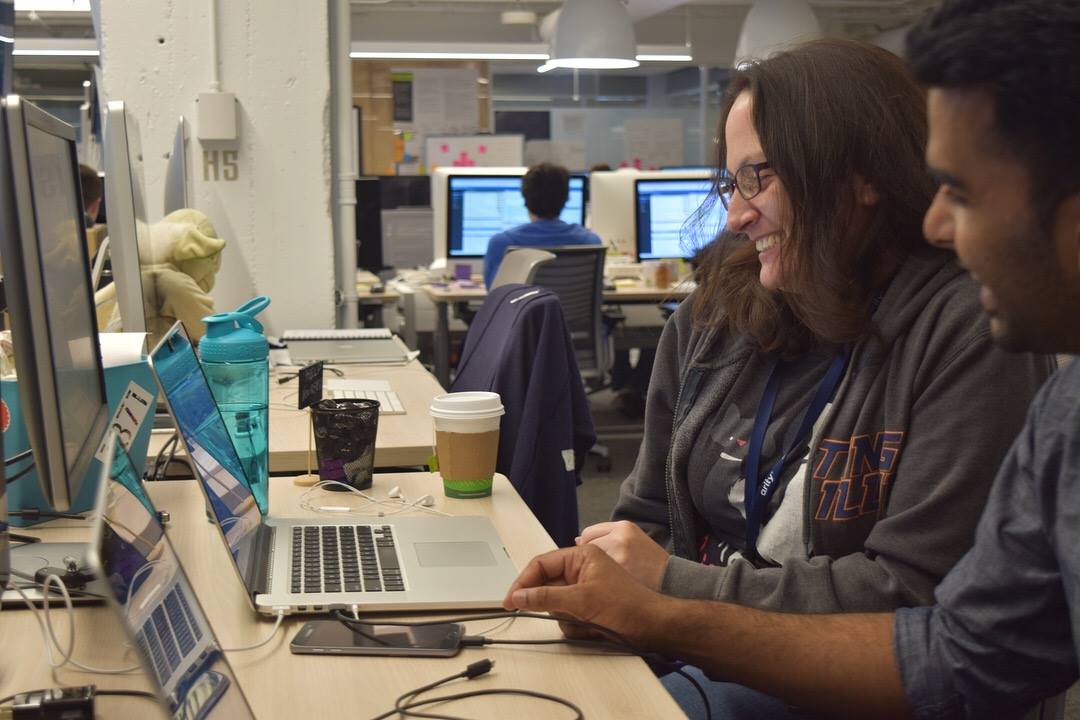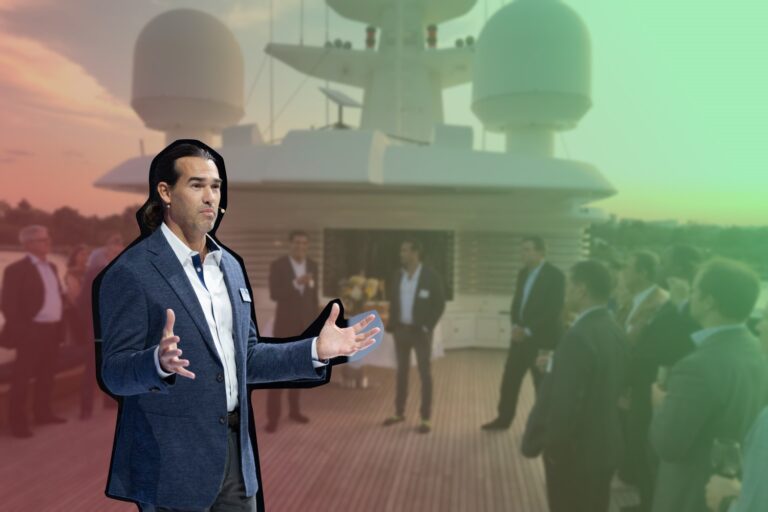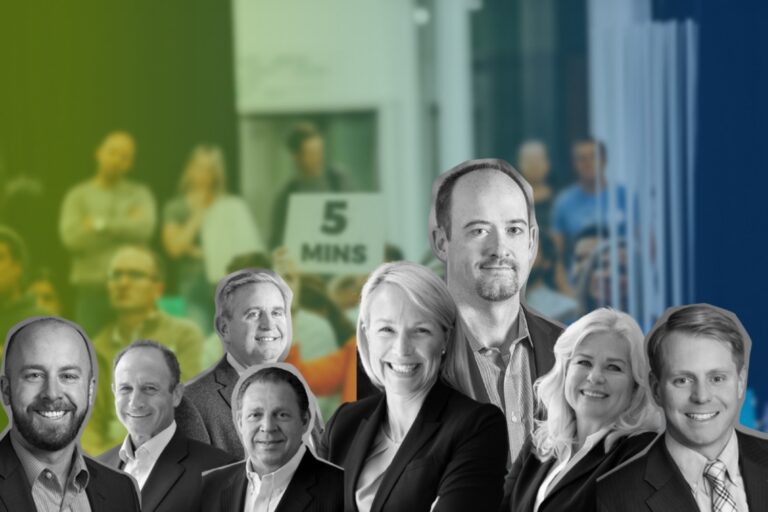Arity’s Prominent Culture-First Strategy: People Are the Business
When Arity was launched in 2016 by The Allstate Corporation as a mobility data and analytics company focused on improving transportation, its initial aim was to provide the insights and intelligence to help insurance companies better understand risk and more precisely price insurance.
After that, President Gary Hallgren and his team quickly realized that there was a real opportunity to leverage these insights across the entire transportation ecosystem to make it better for everyone. This puts them in the best position to shape the future of mobility. “I think there is a lot of room for disruption and benefits inside of our or any industry,” Hallgren said.
Powered by passion, the company not only offers a great mobility solution but also has a reputation for its great work culture. Under Hallgren’s leadership, every employee brings their intelligence, experience, and unique perspectives to each and every challenge. The result is a culture of collaboration and creativity among the best in the industry.
Since 2017, Arity has continuously taken home many awards from the Highly Commended for Employee Culture Award by the North American Employee Engagement Awards, CultureNext by Maritz Motivation Solutions to a finalist for the Best Tech Work Culture Timmy Awards. Recently in July 2021, the company was announced as Silver Winner of Inspiring Culture Award by Inspiring Workplaces Awards in EMEA and North America.
Sound impressive, so let’s discover how they made it!
Intertwine Business and Culture. Why Not?
Often, startups are praised for their energetic cultures that attract talent with flashy perks and modern workspaces. And leaders seem to think they need to choose between driving the business and creating a culture where people can thrive. But to Hallgren, both of them can and need to co-exist. “Why choose between a cliché startup culture and critical core values? By focusing on what matters most – overall employee experience – leaders can combine the best of both worlds to create a culture that recruits, motivates, and retains top talent,” he said.
He learned this lesson firsthand when his startup launched out of Allstate a few years ago. As they moved from a well-established corporate office into downtown Chicago, Allstate enterprise was trusting them to grow their innovative internal group into an entirely new startup technology company.
“It was imperative to establish an innovative, fun, and edgy culture to support the work we’d be doing, but I also wanted to instill the founding values that shaped our 87-year-old parent company. My goal was to craft an environment by taking Allstate’s successful leadership principles and building on them to create a culture that would attract the tech talent necessary to accomplish our goal of improving transportation for everyone,” Hallgren said.
The result is a community that excites their teams and makes people want to come to work every day. While the company grows and adds new people from different backgrounds, each person will contribute something new to their culture. Hallgren has established a work culture that actively promotes technical creativity, innovation, learning, and collaboration.
Invest in a Creative Culture Leader
While culture is an intangible thing, Hallgren believes it takes a lot of real effort to build. To prove that the culture is important enough to be part of the company, he hired Steph Ryter as a Creative Culture Leader. Ryter’s position even didn’t officially have a name before Arity launched and it was Hallgren who invited her to write her own job description and challenged her with making Arity the best place to work in Chicago.
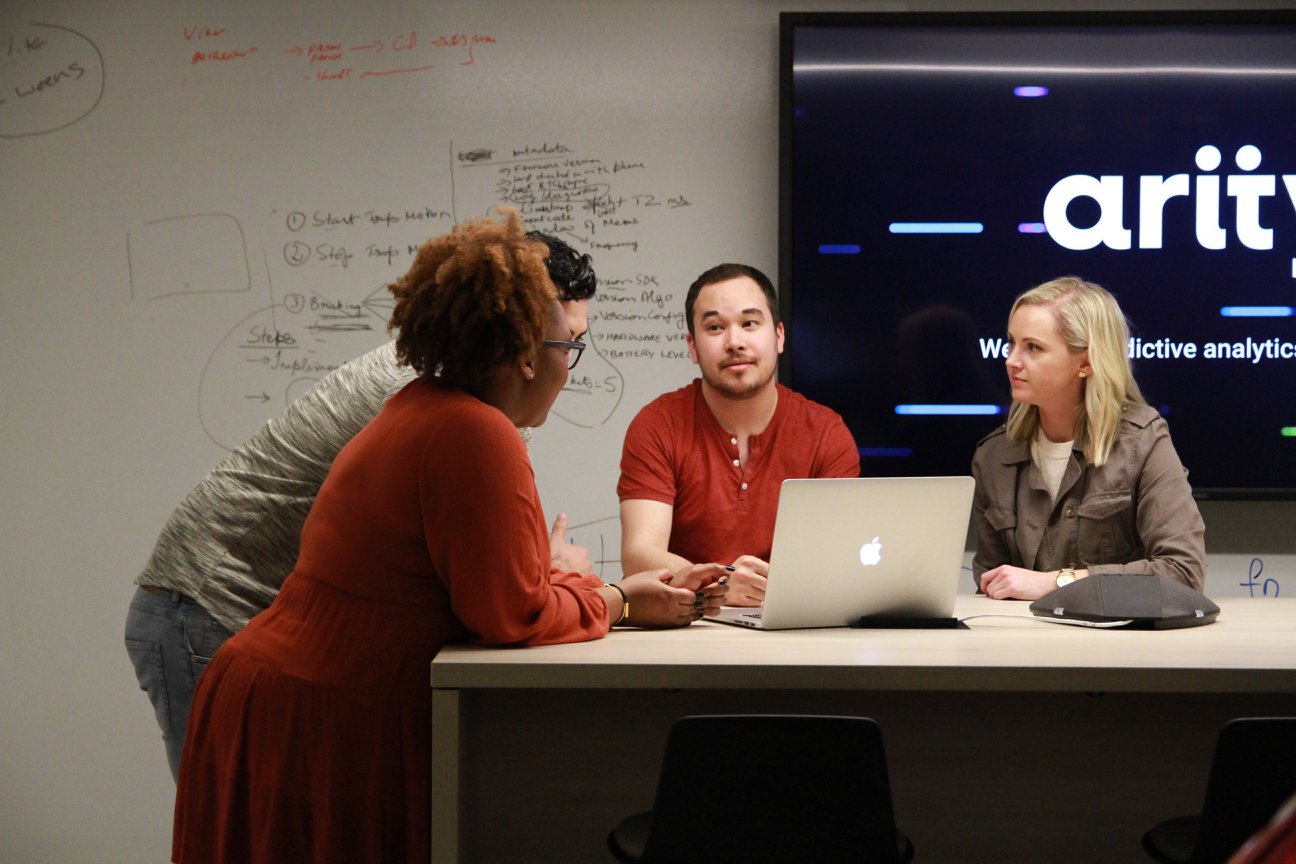
In the beginning, Ryter managed just about everything. She was hosting lunch and learns, meet-ups, game nights, and even an open mic night. She also designed a strong feedback process for folks at Arity to share their vision of their ideal culture. With her team and liaisons across the organization, she’s done a lot to create the environment they need for success.
“I am very creative,” Ryter said. “I’m not looking at what’s the culture of traditional companies. I’m looking at what’s the culture of the tech companies that compete with us for talent. If we don’t do something different, I don’t believe we would always get the best talent.”
Hallgren and Ryter seem to have cracked the culture code by fostering an environment of trust, mutual respect, tolerance for failure, and transparent communication. For every startup, taking culture seriously from day one is essential. It’s a smart way for founders to delegate that responsibility to a specific individual or team.
Satisfy the Desire for Learning
One of the themes throughout all of Ryter’s team’s programs and processes is a deep respect for learning. Ryter recognizes that there’s an aspect of learning in everything and one of the best ways to learn is to teach. “We have a lot of Millennials in our space that are trying to learn soft skills, like public speaking,” said Ryter. “So, they’ll teach something they’re super excited about, whether it’s something about Java or things like bread-making or birdwatching.”
Arity has implemented recurring events to encourage people to learn together, collaborate, and be curious. She helps set up a Friday every month as learn day that anyone can sign up to teach other employees about something they are passionate about and be seen as an expert. In doing so, the entire company might have an opportunity to learn about blockchain, managing personal finance, how to make pasta, or tricks for surviving Lollapalooza, and many other interesting things. There are also other events like Core Talks or Product Reviews hosted right in the building.
What can be taken away is that every company should value learning by not just speaking about it but by actually having a very repeatable and sustainable set of practices in place. These activities don’t have to be anything work-related, but they would provide your employees with the opportunity to perform themselves which in turn translates into engagement and productivity. At Arity, learning has always been a part of its culture.
Specific Steps to Build a Startup Culture
Like many founders, Hallgren has been around in the corporate, consulting, and now the entrepreneurial world for a while. He realized that like the complexities of building exactly the right product, creating an effective culture has been an iterative process. Let’s see what we can learn from the insights he has picked up during that process, which may help you build an authentic and engaging culture within your organization.

#1. Define and Clarify the Mission
To Hallgren, startups’ instinct is to immediately start building products and visiting customers. But the time spent defining the mission and culture is critical. Whether a company is starting from scratch or from an existing parent company, the mission must be clear and inspirational.
In case your company emerges from a larger corporation like Arity, you’ll have a mix of legacy employees and new talent. New employees will hold different views than seasoned ones, making alignment even more critical. When all employees understand the company’s mission, they will feel empowered to work independently and successfully.
“What makes up a tech company is its people. And how do you get the best people? By creating a mission that everyone can get excited about and can be a part of bringing to life,” Hallgren said. “And then, you need to create an environment where people are given the freedom to do just that. With this strategy, we have been able to successfully attract and retain scarce tech talent.”
Hallgren recognizes the success of the company’s mission relies on the continued successes of its employees. “As I reflect on our many accomplishments this year and what we still need to get done, I’m extremely proud of each person at Arity, and I’m confident that we’ll continue to realize our mission together in the supportive environment we’ve created,” he said.
#2. Value Employee Feedback Just as Customers

“Some say culture is like the air you breathe, but I believe it’s much more tangible than that. A workplace elicits real emotions that impact employees’ lives. They may feel anxiety, stress, or have trouble sleeping, but they also can – and should – feel happy, excited, and motivated by their work,” Hallgren said.
He believes that it is leaders’ job to know and understand what employees are feeling whether it’s positive or negative. A good culture is one of trust, feedback, and passion rather than ping pong tables or free snacks. To Hallgren, just as every company should take direction from its customers, organizations must also ask employees to help guide workplace culture.
Hallgren is very good at listening to the employees through periodic surveys, team meetings, and one-on-ones, which allow him and his team to learn and adjust. To keep conversations open and honest, he works diligently with the leadership team to give and receive feedback, in hopes that every person at Arity can open up to their manager about what they need to thrive at work.
“You can’t correct issues that you don’t know about, so regular feedback is essential. You may get answers you don’t like, but those are actually the most valuable,” he said. “Without this feedback, while we were working to differentiate ourselves, we might’ve missed the strong culture that was right at our fingertips.”
#3. Pay Attention to Physical Space
“While positive company culture requires far more than a foosball table, the physical space does play an important role. A successful workspace embodies the feeling of a company. A law firm or bank should feel different from a tech startup – but don’t assume that yours must look like every other trendy tech company. Identify your own style and run with it,” Hallgren shared.
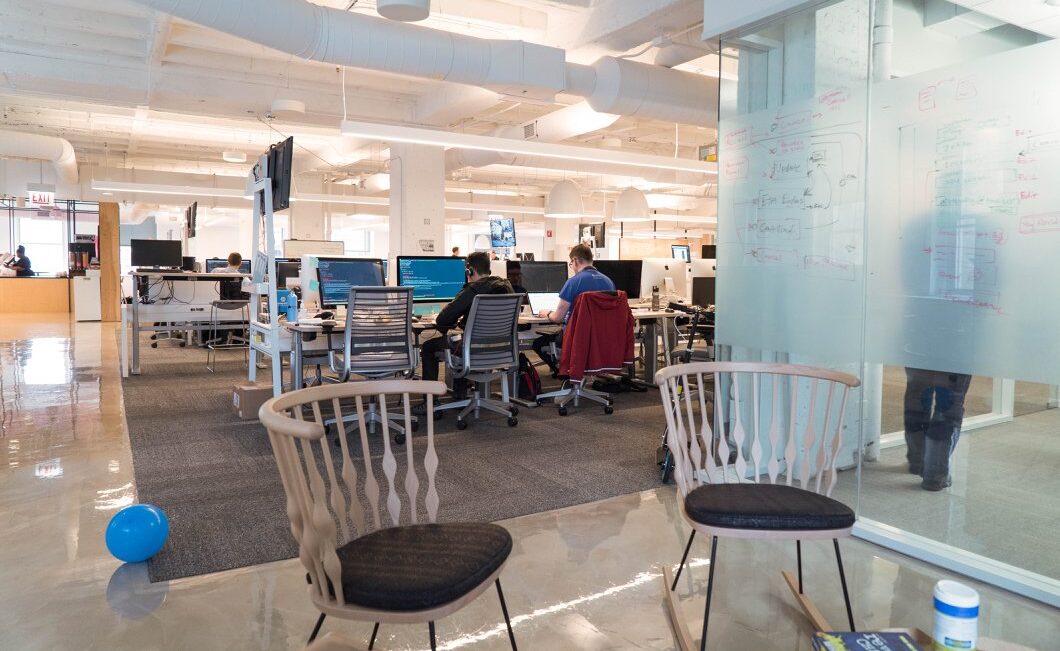
You can feel the difference when you arrive at Arity’s offices. Once you pass the doors, there’s a positive buzz throughout the whole environment. Every employee moves with purpose and talked with passion. Breakfast and snacks were waiting near the meeting room, which had clean whiteboards and crisp screens inside. The design of the whole floor allows natural light to filter in, and there are also wellness areas and showers.
“In our company, we’re building digital products in teams of all sizes, so the physical environment must facilitate collaboration. Creating the right space will allow us to accomplish our mission,” Hallgren said.
Arity’s space becomes welcoming and comfortable as there’s no dress code. It was found that its employees prefer to come to the office than working remotely. Creative Culture team endorses finding some balance in downtime with things like free food, health initiatives, guitars and games in the office, and opportunities to volunteer together. There is a real sense of community here.
#4. Build a Model Culture from the Top
As Hallgren warned, once culture-focused practices are in place and feedback is good, it’s very easy for startups to pat themselves on the back and never revisit culture again thinking they’ve got it done. However, the truth is a motivating workplace takes continuous effort as long as the company exists.
“To maintain a positive and engaging workplace, leadership must model ideal behaviors every day. Our leadership team doesn’t work in private offices or cubes, providing an open, approachable environment,” he said. “We make time to speak with anyone at the company, regardless of level. I genuinely value feedback and believe I have a responsibility to admit when things go wrong and provide solutions.”
These practices, combined with the principles of Arity’s parent company, have guided it to build an authentic, engaging and respectful startup culture. And while their work is never finished, Hallgren believes that they’ve established an environment where employees feel inspired to build new technologies and help create the future they want to live in.
Not only is Arity dedicated to sharing data and insights about the world and how people move from here to there, but it’s also taking steps toward a stronger culture of knowledge and professional growth. The company wants to make transportation smarter, safer, and more useful for everyone, and that starts with supporting its employees and their development goals.
The Bottom Lines
Investing in employees and company culture is never a waste. You may not see a concrete result in revenue or profit immediately, but in the long run, an enthusiastic and engaged team will definitely take your company to the next level. Collectively, we can move the needle on crafting work environments where people can thrive and be their most productive selves.

